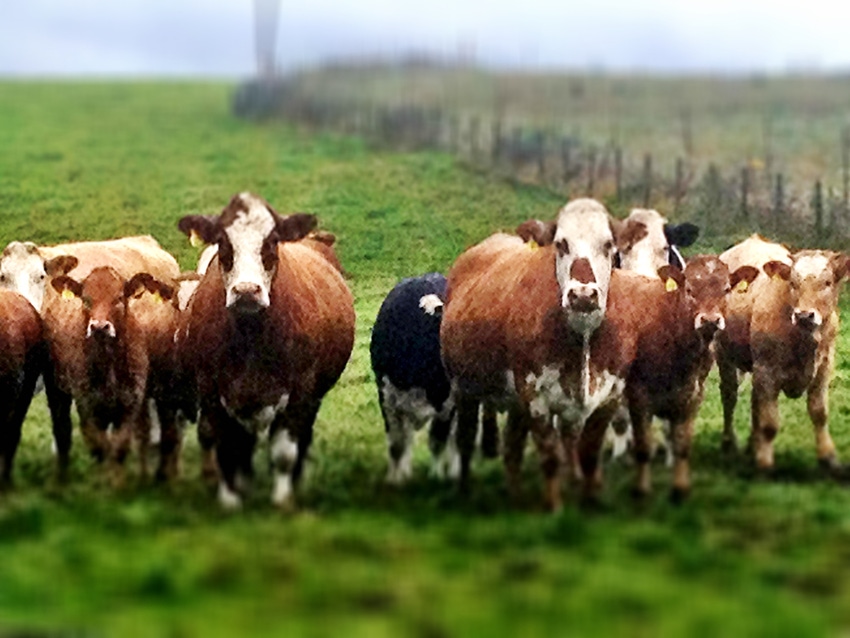Findings could lead to new treatments and vaccines for bovine respiratory syncytial virus.
September 22, 2020

Viruses have evolved many ways to avoid detection by the immune system. A recent study by scientists at The Pirbright Institute in the U.K. has revealed that both bovine and human respiratory syncytial viruses (BRSV and hRSV, respectively) capture a protein that is important for the antiviral response, preventing cells signaling for help from the immune system.
Unravelling this sneaky method of escape could help researchers better understand how these viruses cause disease, Pirbright said.
BRSV causes respiratory infections in cattle, which can result in severe illness associated with bronchiolitis and pneumonia in calves, the institute explained. HRSV causes similar infections in humans, particularly infants, the elderly and immunocompromised.
Research investigating how these viruses interact with the host immune response helps understand the diseases these viruses cause and can provide vital information for the development of treatment and vaccines, Pirbright said.
When viruses infect a cell, a cascade of signaling molecules stimulate various immune responses. One such molecule is called NFĸB, which travels from the cell cytoplasm into the nucleus, where it activates antiviral genes. The Pirbright study, published in the Journal of Virology, identifies that RSV viruses prevent NFĸB activation in a rather crafty way.
RSVs create small structures within infected cells known as inclusion bodies, which can capture and hide a vital subunit of NFĸB, called p65, Pirbright said. By squirrelling away the p65 in these inclusion bodies, the virus ensures that NFĸB cannot be activated and the antiviral genes remain switched off.
Dr. Dalan Bailey, head of the viral glycoproteins group at Pirbright, said, “This is the first time we have seen viruses use this tactic. Based on the data and images collected, we know that the inclusion bodies are formed by virus proteins. These inclusion bodies essentially take p65 hostage, which, from a virus perspective, is a very clever way of preventing NFĸB from triggering an innate immune response. This could also have consequences for the development of long-term immunity to RSV and might also be a mechanism employed by related viruses.”
The researchers also established that BRSV uses the inclusion bodies to replicate its own viral RNA. “Inclusion bodies appear to play an essential role in RSV infection, and it is likely the formation of these organelles is a common feature of all viruses in the Orthopneumovirus genus, which BRSV and hRSV are classified within,” Bailey added.
You May Also Like

.png?width=300&auto=webp&quality=80&disable=upscale)

